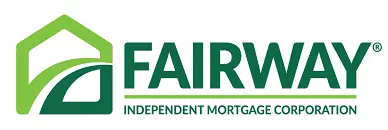What is a break-even point?
Your refinance break-even point is a date in the future. If you own your home through this date, you’ll have fully recouped the closing costs you paid when you refinanced. Your break-even point is when you can begin truly benefiting from the lower monthly payments that came with your refinance.
For example, if your monthly payments decrease by $200 once you refinance, but you have to pay $6,000 in closing costs, your break-even point is 30 months after closing ($6,000/$200 = 30 months). If you stay in the home for more than 30 months, you’ll save money by refinancing.





